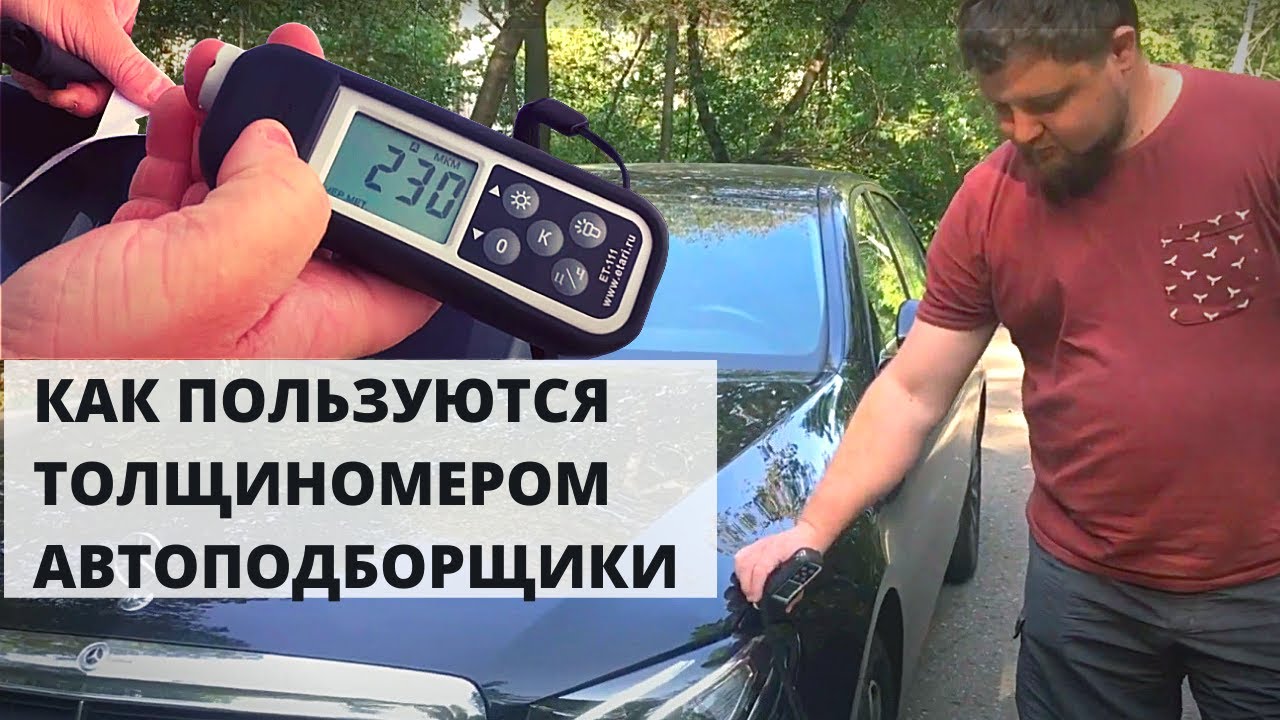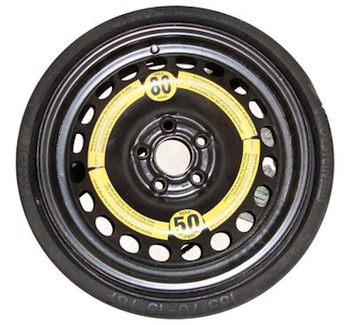
How to use the paintwork thickness gauge VIDEO
The thickness of the car paint layer is clearly defined by the manufacturer. Accordingly, in order to find out whether the car was repainted or any body parts were repaired with subsequent painting, it is enough to measure the thickness of the paintwork (LPC). This can be done using a special device - a thickness gauge.
The operation of the thickness gauge is based on the principle of magnetic induction (F-type) or on the eddy current method (N-type). If the body is made of magnetic metals, then the first type is used; if the body is made of various composite materials or non-ferrous metals, then the eddy current method is used.

It is enough to apply the thickness gauge to the surface of the car body, and the value of the paintwork thickness in microns (a thousandth of a millimeter) or in mils (English measure of length is 1 mil = 1/1000 inch) will be displayed on its screen. Microns are used in Russia.
The thickness of the paintwork on average ranges from 60 to 250 microns. The thickest coating layer is applied to expensive German cars, such as Mercedes - 250 microns, which explains their extremely long-term resistance to corrosion. Although this is also reflected in the price.
In order to measure the paintwork thickness correctly, you first need to turn on the device and calibrate it; for this, a special washer with paint applied to it or thin foil can be included in the kit. When the exact result appears on the display, you can begin to check the thickness of the paintwork. To do this, simply press the thickness gauge sensor and wait until the result appears.

Thickness gauges are commonly used when buying used cars. The thickness of the paintwork layer should be checked from the roof, gradually moving along the car body. For each car model, you can find tables indicating the thickness of the paintwork in different places - hood, roof, doors. If the difference is 10 - 20 microns, then this is a completely acceptable value. Even on machines that have just come off the assembly line, an error of 10 microns is allowed. If the thickness exceeds the factory value, then the car was painted and you can safely start demanding a price drop.
It is worth noting that the readings of thickness gauges from different manufacturers may not correspond to each other by approximately 5-7 microns, so this error can be neglected.
How to use the thickness gauge:
Video on how to choose a thickness gauge:
Loading…
